Hammett (1982)
“Go home and type, Hammett.”
|
Synopsis: |
|
Genres, Themes, Actors, and Directors:
Review:
Indeed, this is a good question. The film — based on a 1975 novel of the same name by Joe Gores — is beautifully produced, and one definitely feels the filmmakers’ devotion to recreating an overall ambience meant to be evocative of Hammett’s detective novels. We’re clearly meant to understand that Hammett took inspiration from his earlier work for the Pinkerton National Detective Agency to fuel his own narratives: … and there are obvious parallels in the story told here with The Maltese Falcon, including motifs like the falcon itself serving as the base of his writing-desk lamp: … as well as the inclusion of a portly older Englishman (Roy Kinnear) playing a crucial role later in the story: … and a significant cameo by Elisha Cook, Jr. (in his final role) playing a cabbie named Eli. Meanwhile, there is nearly non-stop drinking and smoking (Hammett was an alcoholic): … a hard-boiled, sexy dame (Henner): … and plenty of back-stabbing intrigue (alongside blatant Orientalizing). Most film fanatics will know — simply from watching Julia (1977), if for no other reason — that Hammett had a years-long affair with playwright Lillian Hellman and helped her with her work; and his later-life involvement in Leftist politics — chronicled in the 1999 TV drama Dash and Lilly (co-starring Sam Shepard and Judy Davis) — is likewise not touched upon here at all. This is strictly, as noted in the opening title card:
Watch for brief appearances by Sylvia Sidney: … Royal Dano: … and Sam Fuller. Notable Performances, Qualities, and Moments: Must See? Links: |
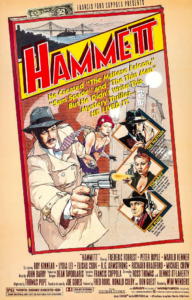
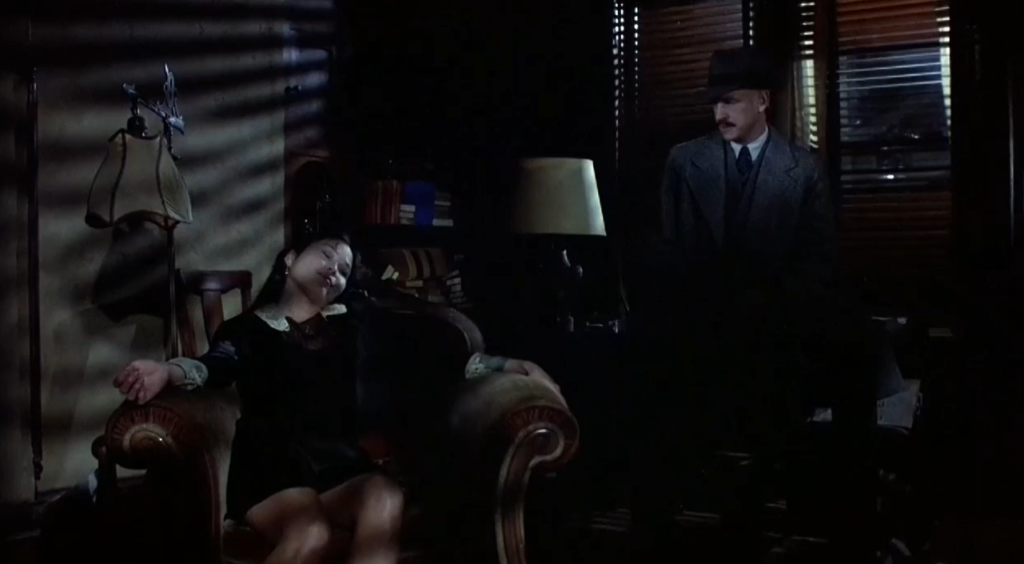
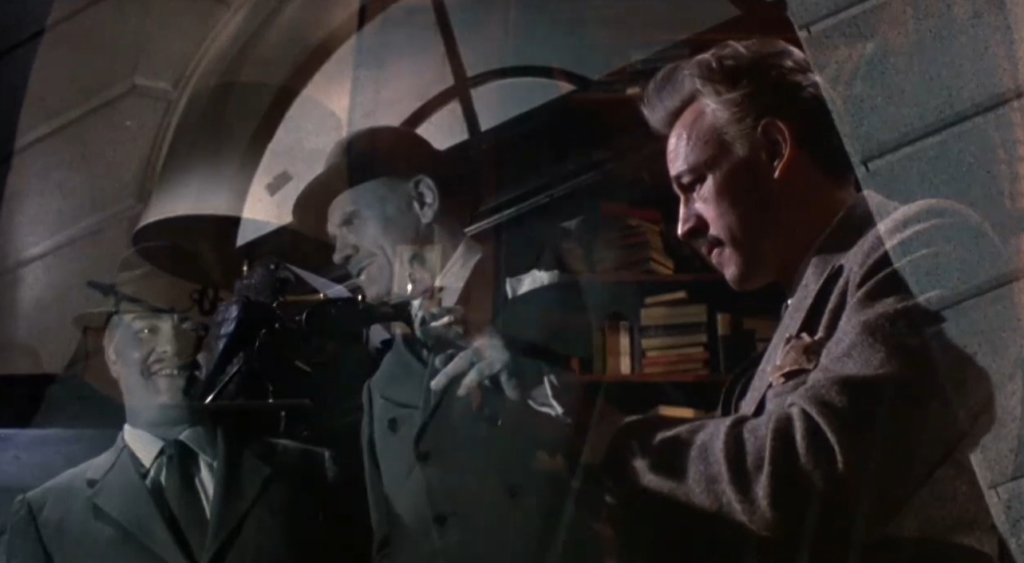
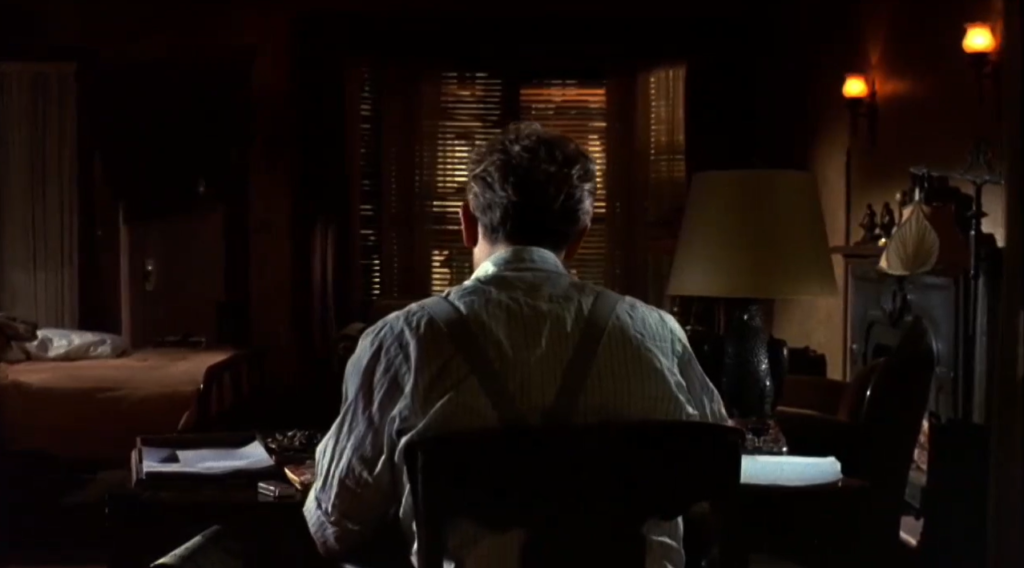
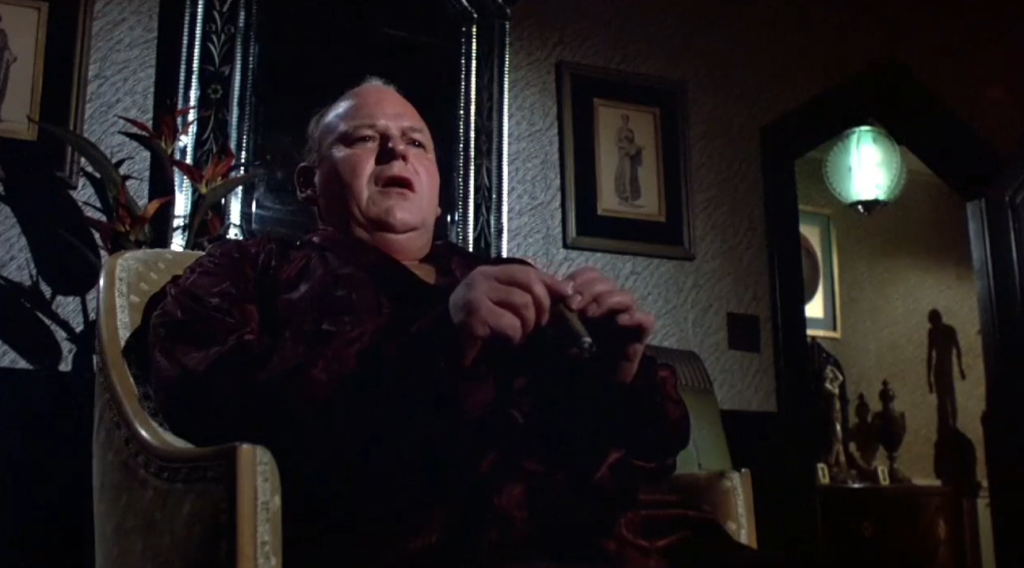

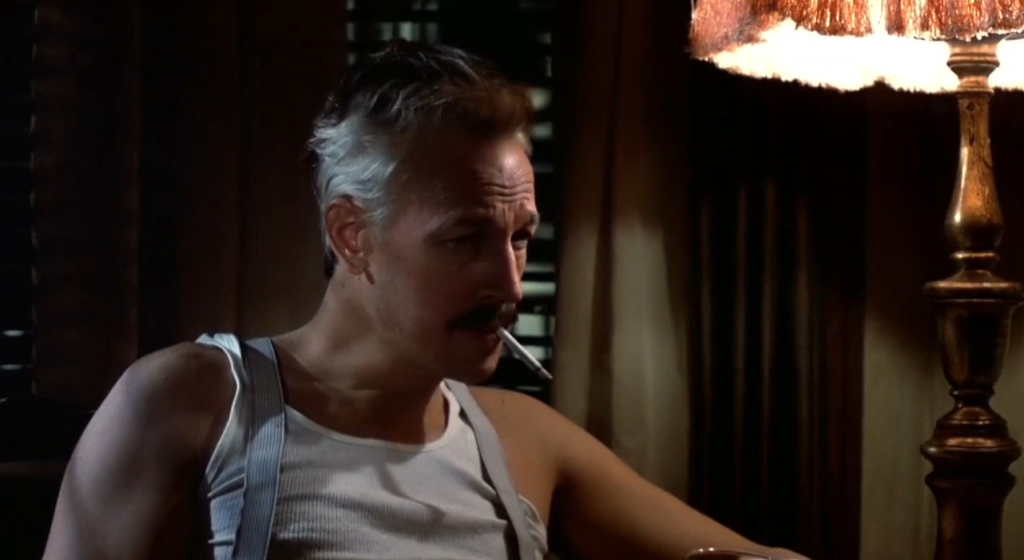
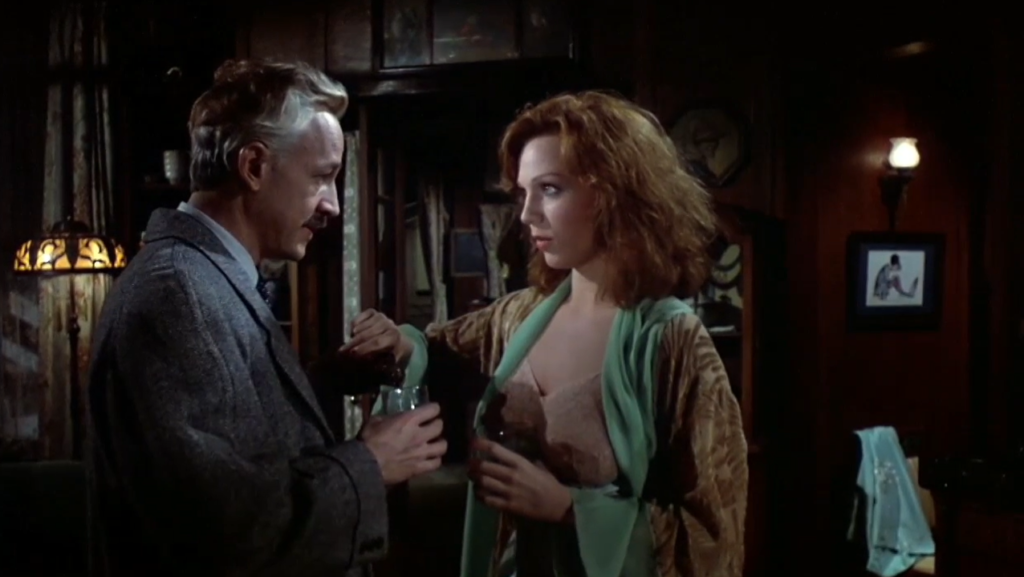
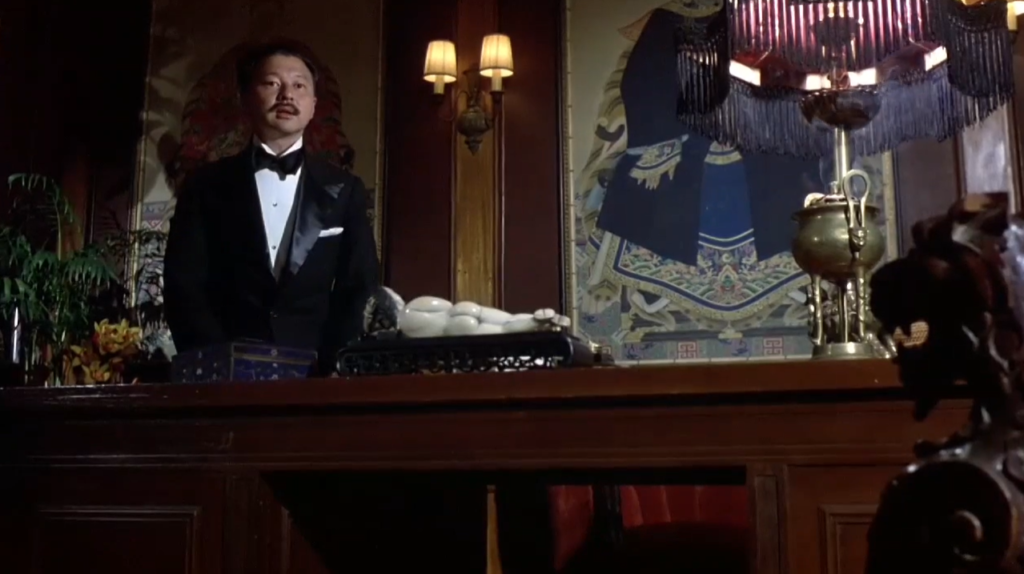

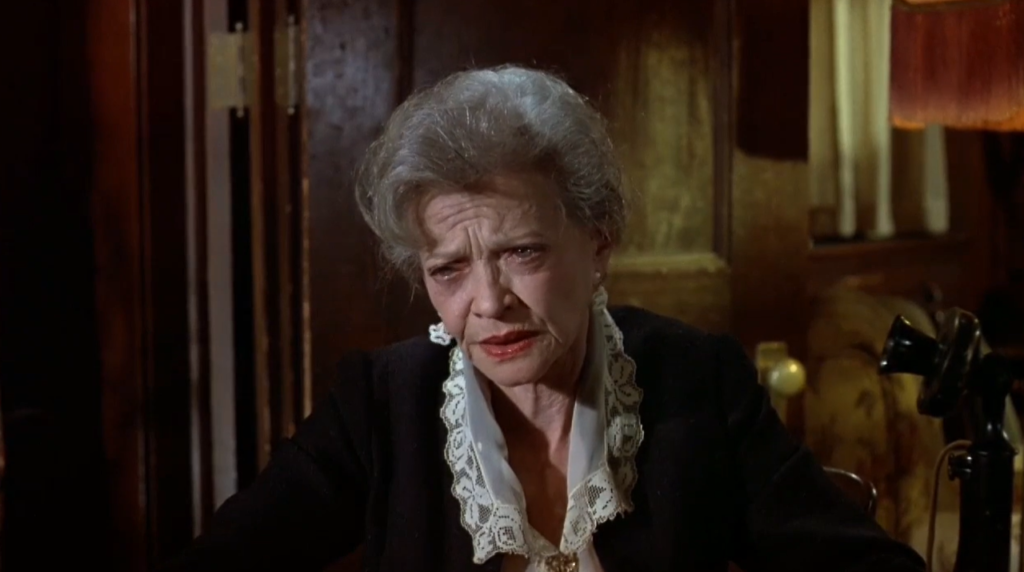
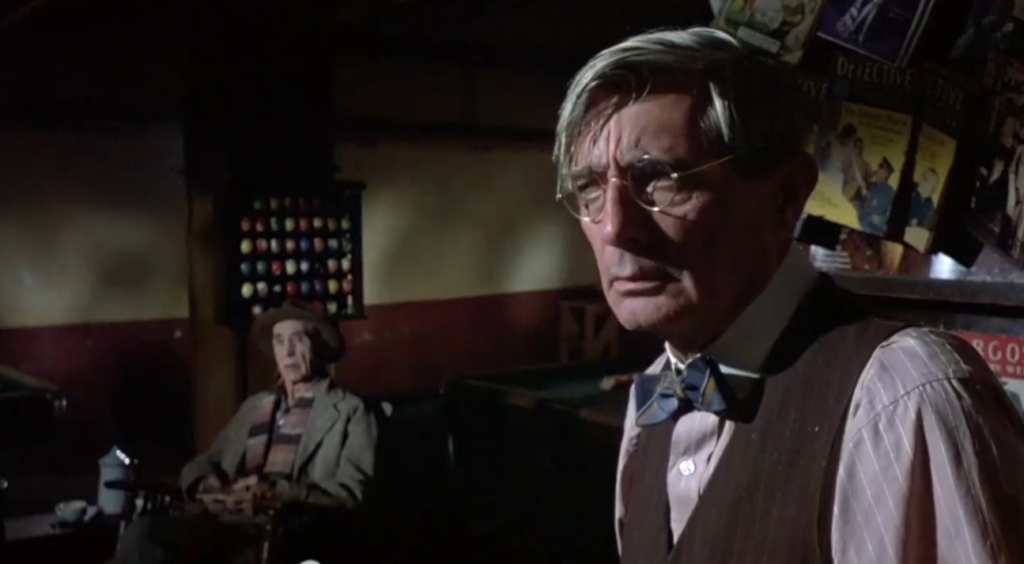
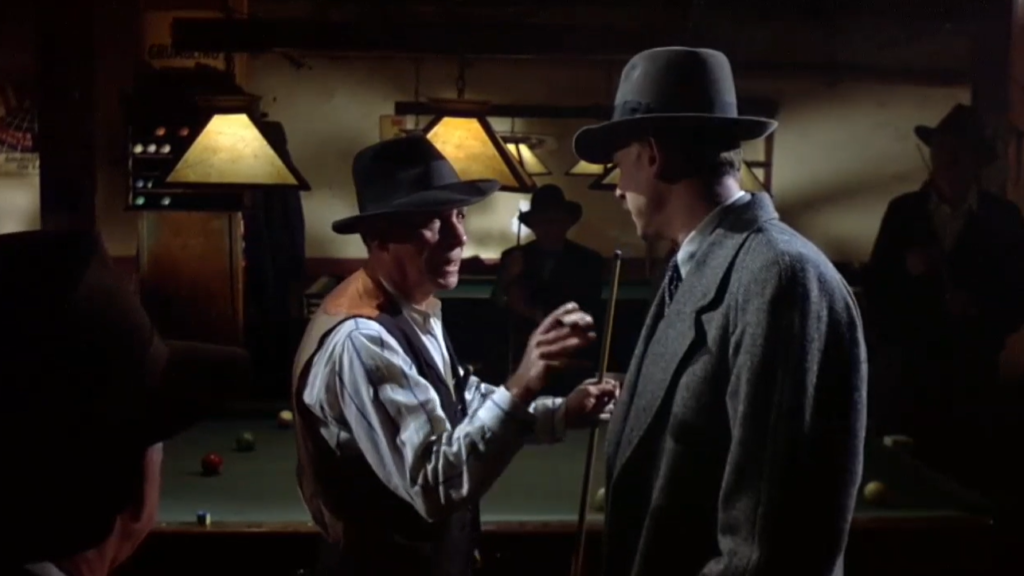
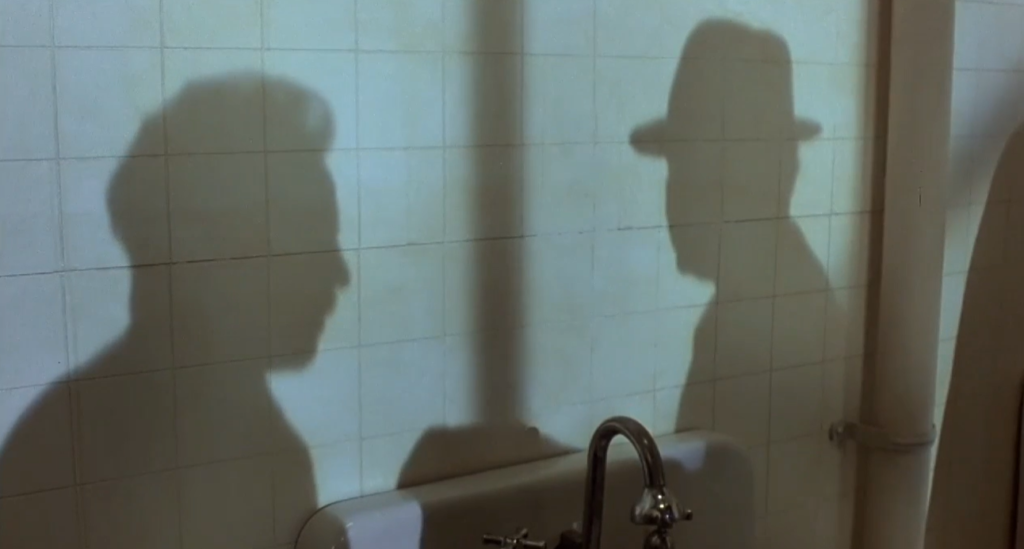
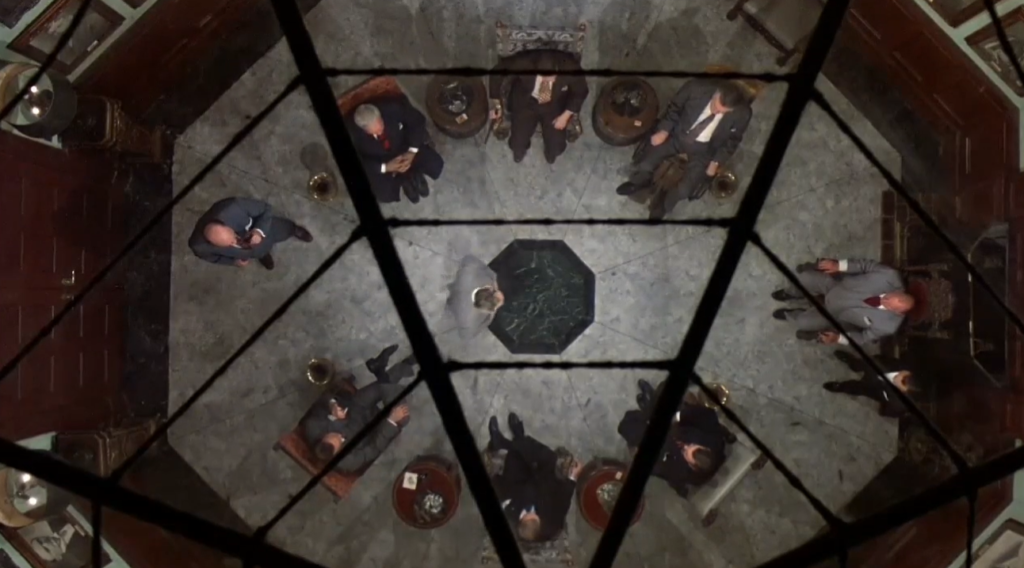
2 thoughts on “Hammett (1982)”
Superb film, atmospheric, beautifully crafted and acted and a seamless viewing experience which considering the troubled production is a miracle. Is it an essential film for all FFs? No, but I highly recommend it. A knockout.
Barry’s score is one of his very best and for him, most atypical. To my mind, a far more interesting score than the two he got his Oscar’s for (Out of Africa, Dances with Wolves). This was a small, sporadically distributed and seen film so it would’ve got zero promotion to the Academy.
⭐️⭐️⭐️1/2 out of ⭐️⭐️⭐️⭐️
Rewatch (12/27/20). A once-must, as a successful homage to film noir.
As recently as 2015, Wenders put rest to the rumors re: who directed this film. Apparently he filmed it once and Orion Pictures didn’t like the result. The studio then turned it over to Francis Ford Coppola to have it re-done through Zoetrope. However, even though the second try has that Zoetrope look for the most part (outside of a few outdoor shots from version one), Wenders says that take two is all his.
And it does feel more like a Wenders film. Had Coppola actually directed it, it might have had a harder feel to it instead of the generally sentimental, wistful feel that Wenders usually supplies.
I would have preferred more effective actors than Marilu Henner (Ronee Blakely had the role in the first version) and David Patrick Kelly (as the gunsel), but they’re both serviceable and they don’t harm the film.
Film fanatics will get a particular charge out of the appearance of various film veterans in small roles: Sylvia Sidney (!), Elisha Cook Jr. (in his final role), Royal Dano, Samuel Fuller.
And, near the end of the film, there’s a particularly terrific performance by Roy Kinnear (being quite unlike his comedic self in Richard Lester movies) – in a clever nod to Sydney Greenstreet.
There’s also the cake icing of a marvelous John Barry score.